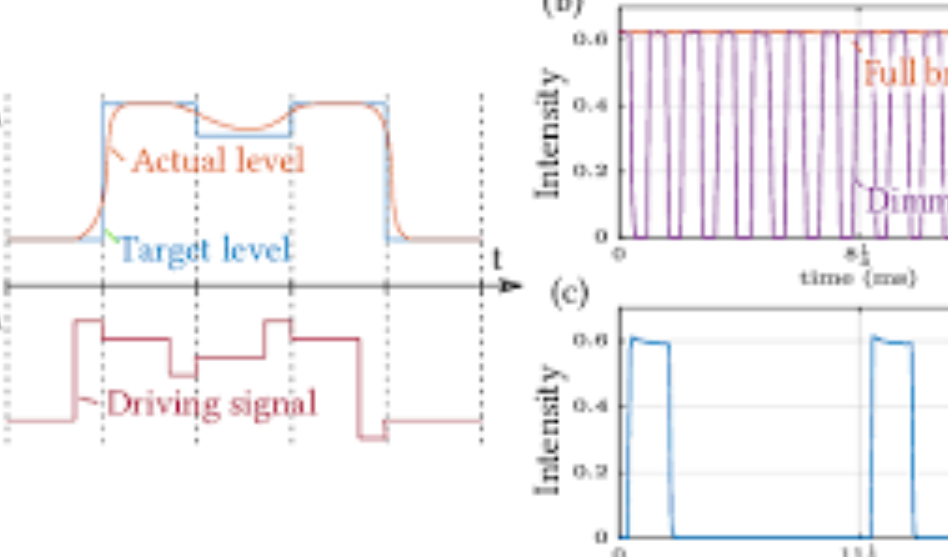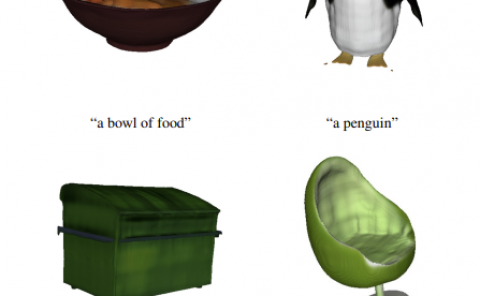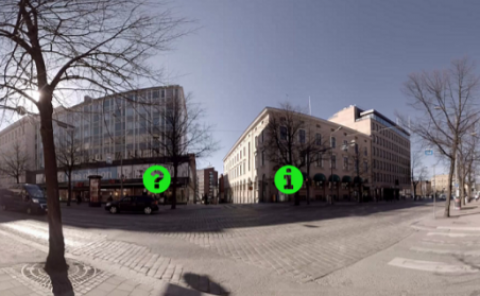Temporal Resolution Multiplexing: Exploiting the limitations of spatio-temporal vision for more efficient VR rendering
PubDate: February 2019
Teams: University of Cambridge
Writers: Gyorgy Denes; Kuba Maruszczyk; George Ash; Rafał K. Mantiuk

Abstract
Rendering in virtual reality (VR) requires substantial computational power to generate 90 frames per second at high resolution with good-quality antialiasing. The video data sent to a VR headset requires high bandwidth, achievable only on dedicated links. In this paper we explain how rendering requirements and transmission bandwidth can be reduced using a conceptually simple technique that integrates well with existing rendering pipelines. Every even-numbered frame is rendered at a lower resolution, and every odd-numbered frame is kept at high resolution but is modified in order to compensate for the previous loss of high spatial frequencies. When the frames are seen at a high frame rate, they are fused and perceived as high-resolution and high-frame-rate animation. The technique relies on the limited ability of the visual system to perceive high spatio-temporal frequencies. Despite its conceptual simplicity, correct execution of the technique requires a number of non-trivial steps: display photometric temporal response must be modeled, flicker and motion artifacts must be avoided, and the generated signal must not exceed the dynamic range of the display. Our experiments, performed on a high-frame-rate LCD monitor and OLED-based VR headsets, explore the parameter space of the proposed technique and demonstrate that its perceived quality is indistinguishable from full-resolution rendering. The technique is an attractive alternative to reprojection and resolution reduction of all frames.


